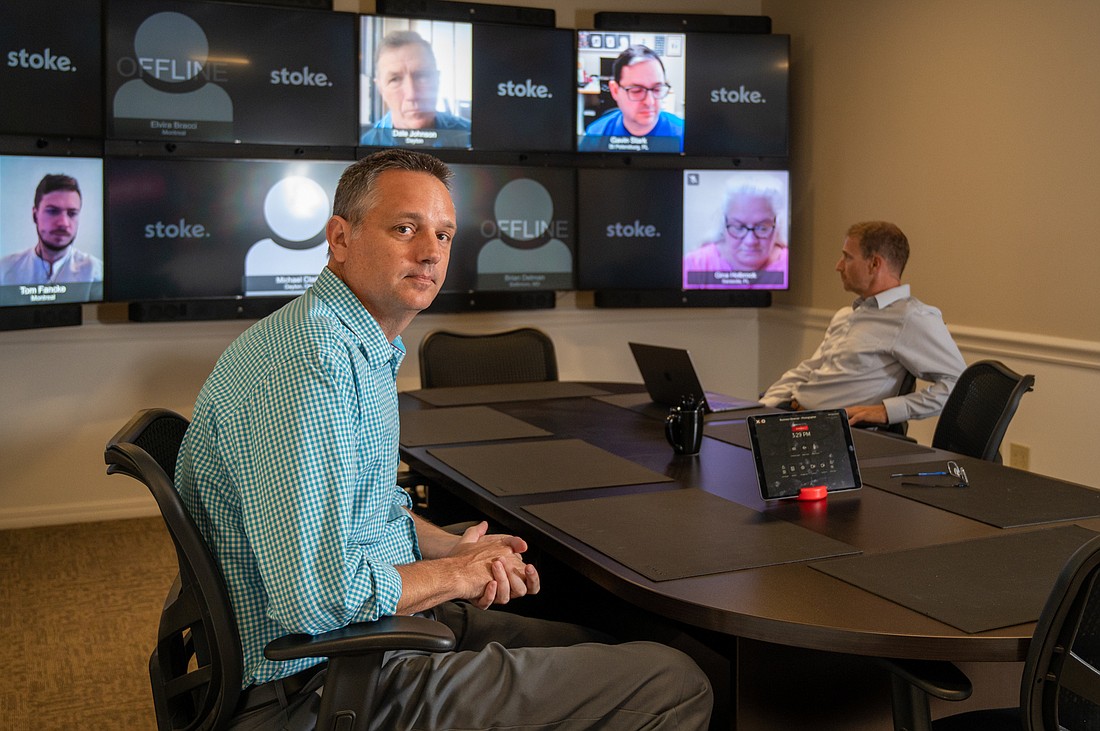- December 18, 2025
-
-
Loading

Loading

Hybrid schedules, where employees come into work a few days out of the week and work remotely the rest, are all the rage these days. But what about hybrid video conferencing?